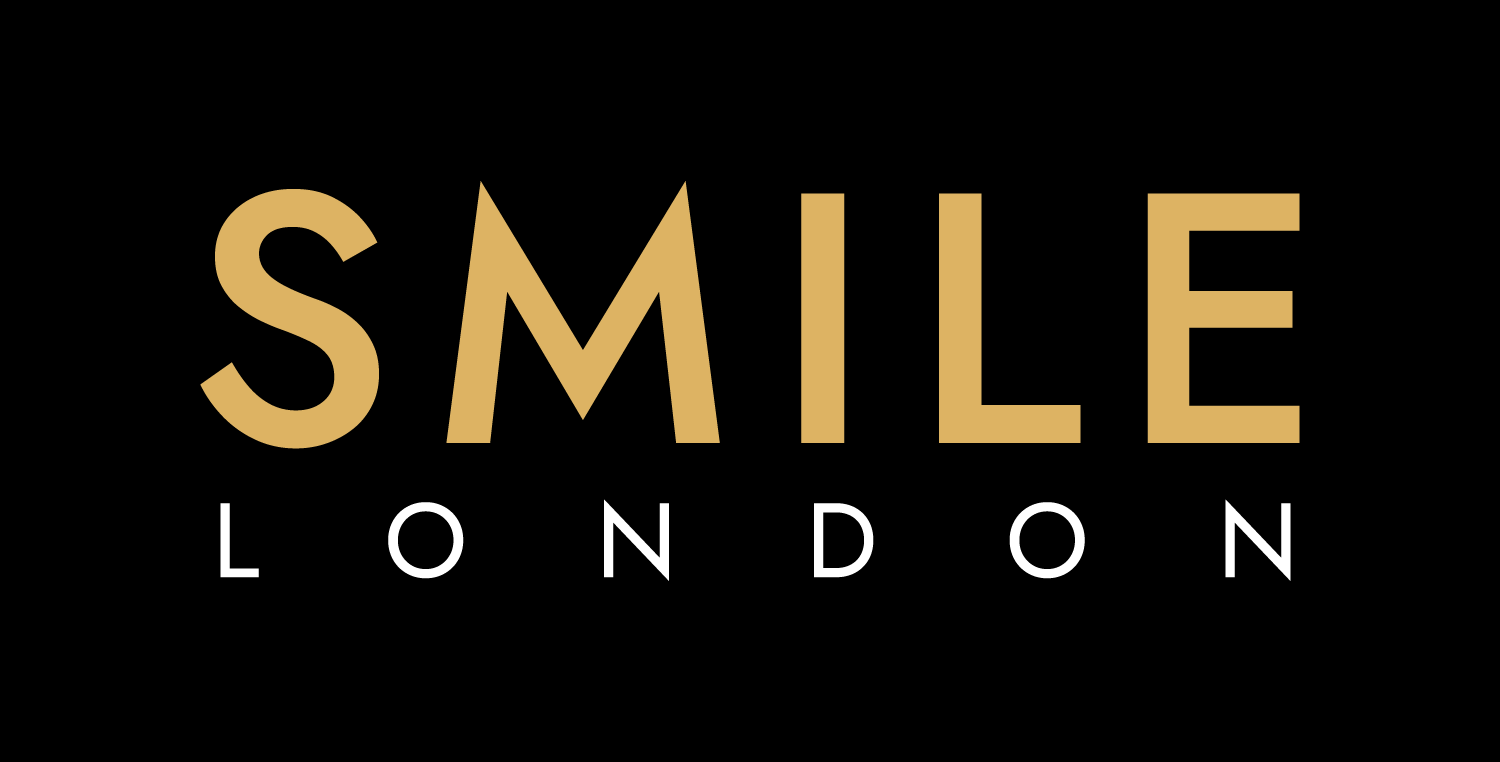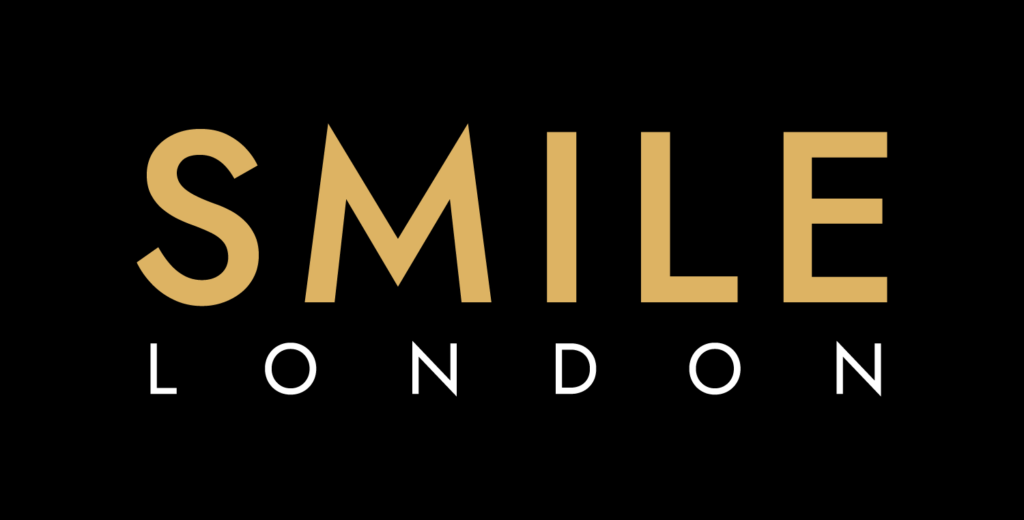Damon braces utilise miniature clips instead of elastic bands, reducing friction between wires and brackets for faster tooth movement. The half-metal, half-white brackets are significantly smaller than traditional braces, providing discretion without being entirely invisible, akin to treatments such as Invisalign or clearstep.
Advantages of Damon Braces:
- Shorter Treatment Period: Spend less time with braces on!
- Faster Tooth Movement: Reduced friction means a potential 4-6 months shorter overall treatment time.
- Increased Comfort: Gentle forces on teeth make it easier to adjust to braces.
- Less Frequent Adjustments: Longer intervals between visits, with the first half of treatment having 10-week gaps instead of the usual 6-8 weeks.
- Discretion and Easy Cleaning: Smaller brackets make them less noticeable, and the absence of elastic bands reduces food trapping for easier cleaning.
- Broader Smiles: Damon system excels at creating wider smiles by expanding side and back teeth.
Disadvantages of Damon Braces:
- Cost: Damon braces can be more expensive than traditional braces.
- Limited Suitability: Not suitable for all orthodontic cases, particularly severe misalignments.
- Speech Difficulties: Some users may experience temporary speech difficulties or lisps during the initial adjustment period.
- Not Fully Invisible: While discreet, Damon braces are not entirely invisible, unlike options such as Invisalign.
- Maintenance Challenges: Despite being easier to clean than traditional braces, special care is still required to maintain optimal oral hygiene.
Before choosing Damon braces, it’s essential to weigh both the advantages and disadvantages in consultation with your orthodontist.


